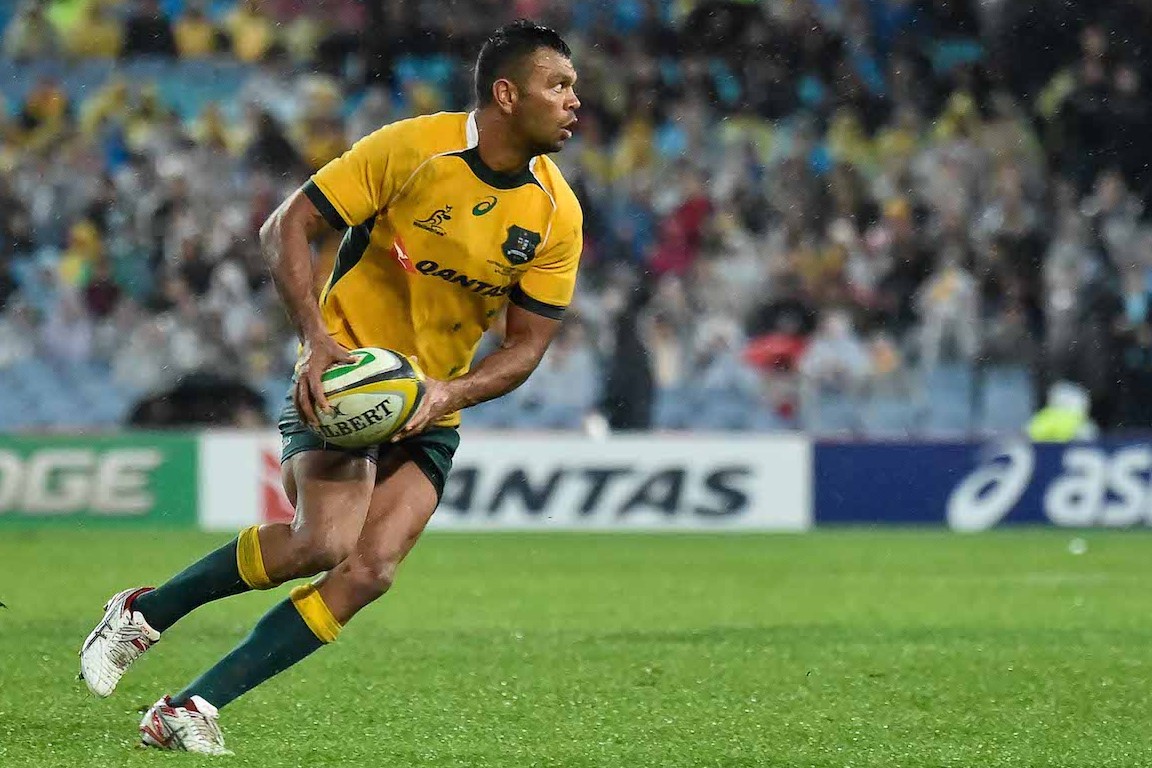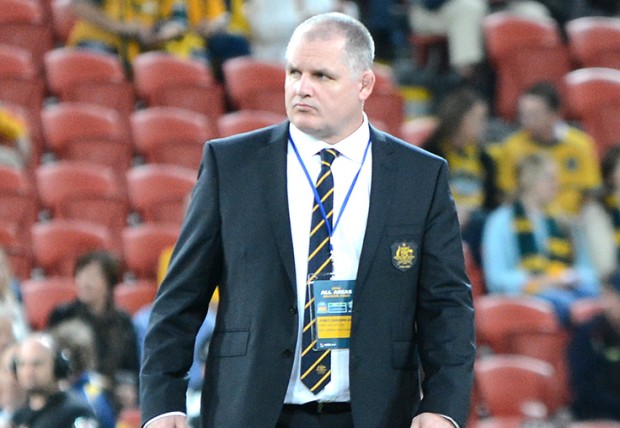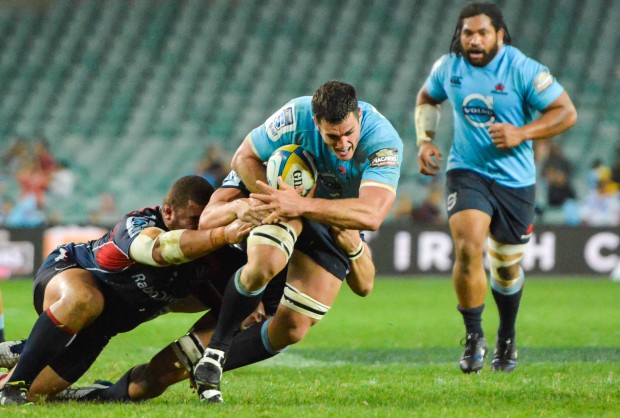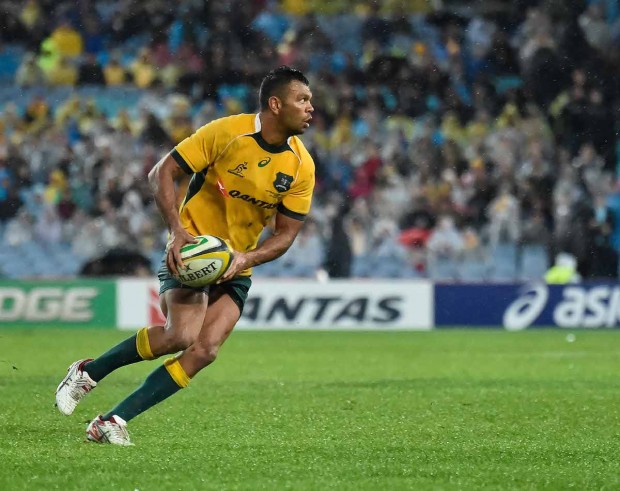With Australian Super Rugby teams claiming half the finals spots, and then the Australian team which had dominated the competition in all stats taking the title, the assumption was that this would make Ewen McKenzie’s Wallabies selection and planning easy. The reality is the opposite and has left Link with a dilemma: just who are the Wallabies?
Blame the Tahs
The origins of this dilemma were in 2013 when Michael Cheika embarked the Waratahs on a journey to play an extreme style of attacking rugby. The game plan was simple; big forwards and skilful backs running straight and hard onto the quickest of ball, creating space for the back three to exploit amongst a recoiling defence.
It might have been simple, but it wasn’t easy. Waratahs captain Dave Dennis described just what it requires in the G&GR podcast before the Super Rugby final this year.
“We tried to implement that game plan and we didn’t quite understand what it took to play at that level each week. We found that it wasn’t easy, particularly in the forwards with the amount of running we were doing each game, which was more than we’d traditionally done.
This year we go out and play and we know what we have to do. We’ve got to the stage now where everyone knows their role, so that it’s almost become easier.”
So yes, fitness is of course important, but even more crucial is everyone knowing their role.
To play this high pace, high risk, flat at the gain line rugby the team must work as a machine. Nowhere is this more under pressure than at the breakdown where numbers can’t be committed, but the ball has to be presented and cleared without delay. Not only does every player have to know what he’s required to do, but to implicitly trust team mates will know and execute theirs, at pace and for 80 minutes (remember, the Tahs scored more points in the final 20 than any other team in Super Rugby).
Problems
This presents McKenzie with three problems.
First, with the Waratahs’ style of game plan, there’s no ‘getting half pregnant’. We saw in 2013 what happens when you can only play to this game plan at 80% effectiveness – it just doesn’t work. With the Tahs making up just under half of the starting fifteen and overall squad, there is no way they can reproduce the understanding and machine that took them two years to build. This is not only bad for attack, but ruinous in defence, as we saw in Auckland.
Second, the Tahs (and the Brumbies for that matter) play one way only – there is no second style or plan B. Anyone who followed McKenzie’s reign at the Reds will know that this is not his coaching philosophy; Link’s approach is different game plans for different teams, or even times within a match. The Reds, even with their in form running pairing of Genia and Cooper kicked more than anyone else in the comp under McKenzie.
The dour second test against the French showed McKenzie is still thinking this way. He believes that in any international season or tournament there will be matches where playing without the ball is the better part of valour.
The third problem is one of team culture. In an interview on Rugby HQ during the French series, Waratah and Wallaby prop Paddy Ryan revealed that all of the Waratahs players were itching to get back into the NSW camp because they all preferred to be back there (my paraphrasing). If half of your squad feels this, what can the impact be?
To Beale or not to Beale?
The flash point for this strategic dilemma is the inside backs selection – logical as they’re the ones who dictate the shape of the team. The Beale at 10 selection could actually be less about McKenzie wanting Kurtley there and more about the boots of White and Toomua giving Link the tactical options that Phipps and Foley don’t.
Clearly though, this strategic balancing act hasn’t worked in The Rugby Championship so far, and it’s become clear that for Beale to recreate what he did for the Tahs this year, he needs halves inside of him who will keep defences honest and stressed, which is exactly what Phipps and Foley do.
The Dilemma
The ultimate question is bigger than Beale; does Link look to build on the success of the Waratahs, or does he continue to try and create something altogether different? Logic says that even if you could put fifteen Tahs in Gold jerseys, they still wouldn’t have the same coach, the same assistants and the same reason to be. They also wouldn’t be the team that McKenzie wants for his plan.
The question is – how close to a Tahs XV and game plan do the Wallabies have to become to get the results that have eluded them so far in The Rugby Championship?
Should the Wallabies play more like the 2014 Waratahs?
[poll id=”109″]





